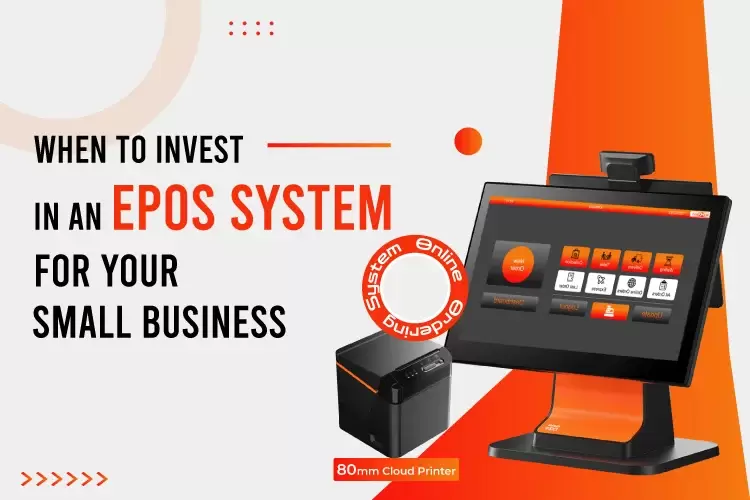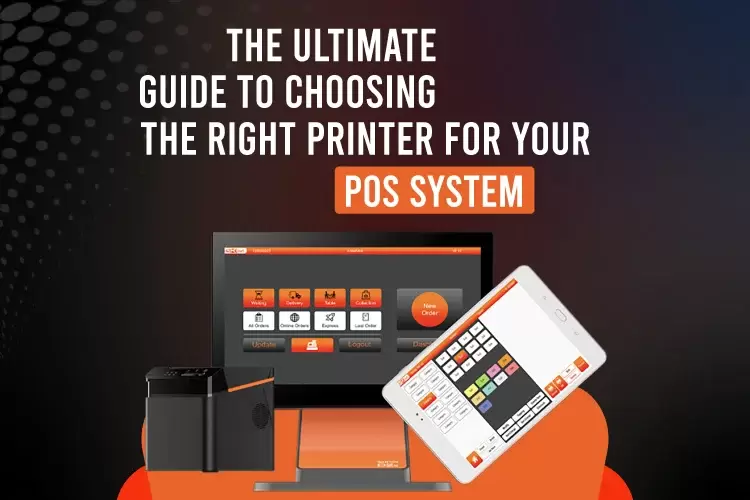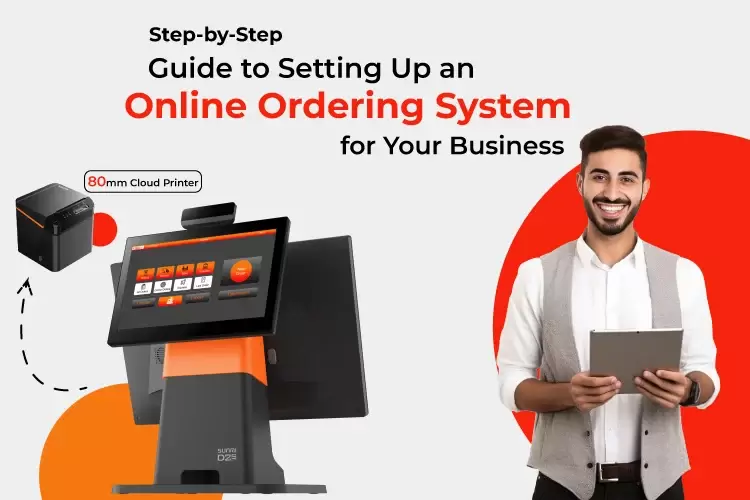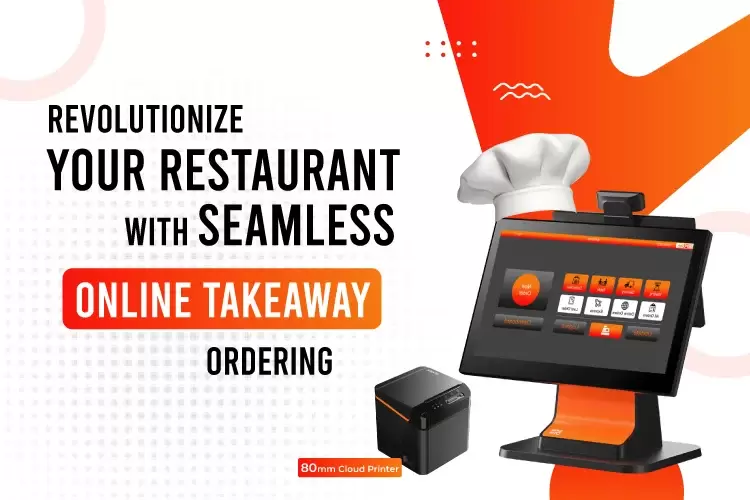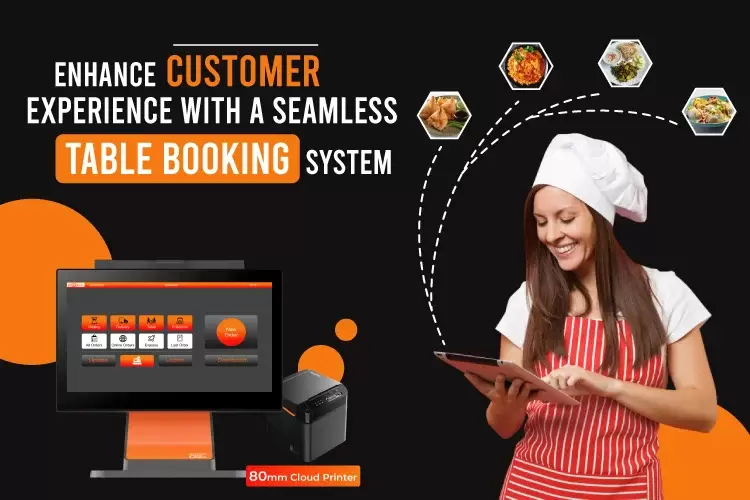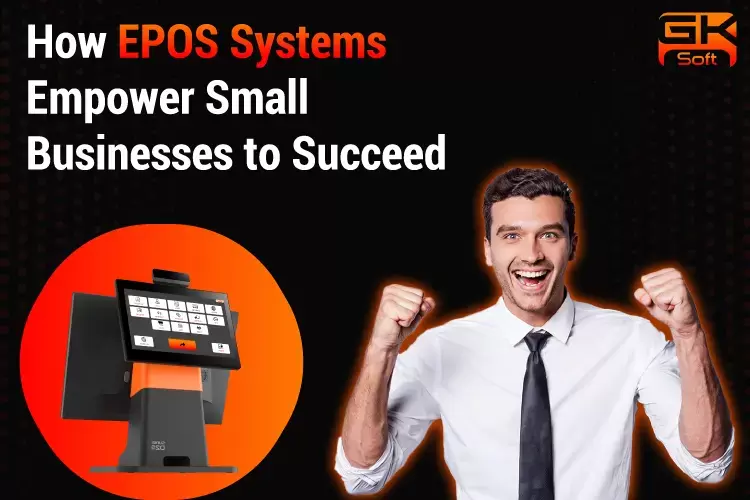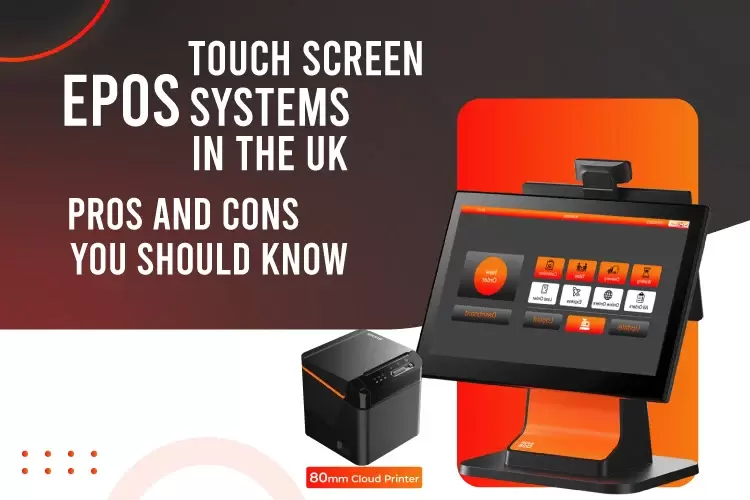
Touch Screen EPOS Systems in the UK: Pros and Cons You Should Know
Touch Screen EPOS Systems in the UK: Pros and Cons You Should Know
In the UK, touch screen EPOS systems have revolutionized all types of businesses, from retail stores to restaurants, managing sales transactions and customer service.These systems have become incredibly popular due to their ease of use, advanced features, and ability to simplify business operations. However, like any technology, there are both advantages and disadvantages to consider. In this article, we will explore the advantages and disadvantages of touch screen EPOS systems, which will help you make an informed decision for your business.
What is a Touch Screen EPOS System?
An EPOS (Electronic Point of Sale) system is a modern way to process transactions, manage inventory, and track sales data. The touch screen EPOS system takes it a step further by providing an intuitive, easy-to-use touchscreen interface that allows employees to quickly input sales, update inventory, and access critical business data in real time.
This technology has transformed the way businesses operate, improving both the customer-facing experience and behind-the-scenes management. In the UK, businesses across a range of industries are increasingly adopting touch screen EPOS systems to replace traditional cash registers and manual processes.
The Advantages of Touch Screen EPOS Systems
1. User-Friendly and Intuitive Interface
One of the main advantages of a touch screen EPOS system is its intuitive, easy-to-use interface. These systems do not require extensive technical knowledge from employees to operate, making them ideal for businesses with high employee turnover or part-time employees. With a simple tap of the screen, employees can complete transactions, print receipts, and access customer data without having to navigate through complicated menus or software.
The simplicity of the interface reduces the potential for errors and increases operational efficiency. Touchscreen functionality allows for fast order input, processing, and payment, ensuring smooth customer service even during busy times.
2. Increased Efficiency and Speed
Efficiency is important in any business, especially when the transaction volume is high. Touch screen EPOS systems simplify the sales process by reducing the time spent on manual tasks, such as entering item codes or calculating totals. This system allows for faster order processing, reduced customer waiting times, and improved overall satisfaction..
Moreover, modern touch screen EPOS systems often come with features like custom shortcuts, which enable employees to instantly access frequently used items or services. This can significantly speed up service, especially in fast-paced environments such as restaurants or retail stores.
3. Comprehensive Reporting and Analytics
Another advantage of touch screen EPOS systems is the richness of business intelligence they provide. These systems automatically track sales, monitor inventory levels, and generate detailed reports on customer behavior, financial performance, and stock usage.
With real-time analytics, you can make data-driven decisions to optimize your operations. For example, if you notice that a particular product is performing poorly, you can adjust your marketing strategies or run a promotion. The ability to analyze sales trends and inventory movements can help you make proactive decisions, so that your business runs smoothly and profitably.
4. Integrated Payment Processing
Modern touch screen EPOS systems come with integrated payment processing capabilities, enabling businesses to accept a wide range of payment methods. From debit/credit cards to contactless payments and mobile wallets (e.g., Apple Pay, Google Pay), building a seamless, secure payment processing system into your EPOS platform saves time and improves the customer experience.
This integration reduces the need for external devices like card readers, making the checkout process faster and more efficient. Moreover, secure transactions help prevent fraud and increase customer trust in your business.
5. Cloud-Based Capabilities for Remote Access
Many touchscreen EPOS systems in the UK now come with cloud-based features, allowing you to access important business data remotely. Whether you’re at home or on the go, you can monitor sales, review reports and check inventory levels in real time. This level of flexibility gives you the ability to stay on top of your business, even when you’re not physically present at the location.
The Disadvantages of Touch Screen EPOS Systems
While the benefits of a touch screen EPOS system are numerous, it is important to be aware of some potential drawbacks. Below are a few things to consider when deciding whether a touch screen EPOS system is right for your business.
1. Initial Setup and Cost
The initial cost of installing a touchscreen EPOS system can be significant, especially for small businesses with limited budgets. Not only will you need to purchase the hardware (touchscreen device, cash drawer, printer, etc.), but there may also be costs associated with software setup, training, and ongoing support.
Moreover, for small businesses, system customization, integration with other tools, and ongoing software updates can incur additional costs. While many EPOS systems offer flexible payment plans or subscription-based models, it is still important to carefully consider the upfront investment required before making a decision.
2. Dependence on Technology
Like any technology-based system, touch screen EPOS systems rely heavily on a stable internet connection and working hardware. If your system experiences a network outage or a device malfunctions, your entire sales process can be disrupted.
This means that businesses need to invest in reliable technical infrastructure and have backup plans, such as offline transaction modes or manual options, in case of system failure. While many EPOS systems have robust failover options, downtime can still impact customer experience and sales.
3. Learning Curve for New Employees
Despite being user-friendly, touch screen EPOS systems can still have some learning curve, especially for those who are not familiar with using touchscreen devices or digital systems. It is essential to train new employees on how to use the system correctly to avoid errors and ensure efficient operations.
The amount of time and resources required to train employees can be overwhelming, especially for businesses that experience high turnover rates or regularly hire new employees. While this system is intuitive, it still requires thorough training and hands-on experience to ensure your employees can use it to its full potential.
4. Security Concerns
Touch screen EPOS systems can be vulnerable to cybersecurity threats if not properly secured. Since these systems often store sensitive customer information, such as credit card details, personal information, and transaction history, it is crucial to implement robust security measures to protect your business and customer data from breaches.
When choosing a system, make sure it complies with data protection regulations (such as GDPR in the UK) and has built-in security features such as encryption, secure payment processing, and user access control.
5. Over-Complication for Small Businesses
For some small businesses, a touch screen EPOS system may be overkill. If your business operates on a small scale with simple transaction needs, the complexity and additional features of these systems may become more of a burden than a benefit. For such businesses, a more basic point of sale system may be more suitable, providing only the essential core functions, which may go unused.
Conclusion: Should You Invest in a Touch Screen EPOS System?
A touchscreen EPOS system can offer significant benefits to UK businesses, including improved efficiency, improved customer experience and improved data insights. However, it is essential to consider these benefits alongside potential drawbacks, such as cost, technology dependency and complexity of setup.
Before investing, consider the size of your business, your budget, and your specific needs. If you run a high-volume retail store or restaurant with a variety of sales requirements, a touch screen EPOS system may be the right choice to enhance your operations. On the other hand, if you run a small business with a simple sales process, a more basic system may be sufficient.
Ultimately, choosing the right EPOS system is an investment in the future of your business—one that can streamline your operations, improve customer satisfaction, and provide valuable insights into your business performance. Consider your options carefully and select a system that aligns with your needs, goals, and budget.
Leave a Reply
Your email address will not be published.
